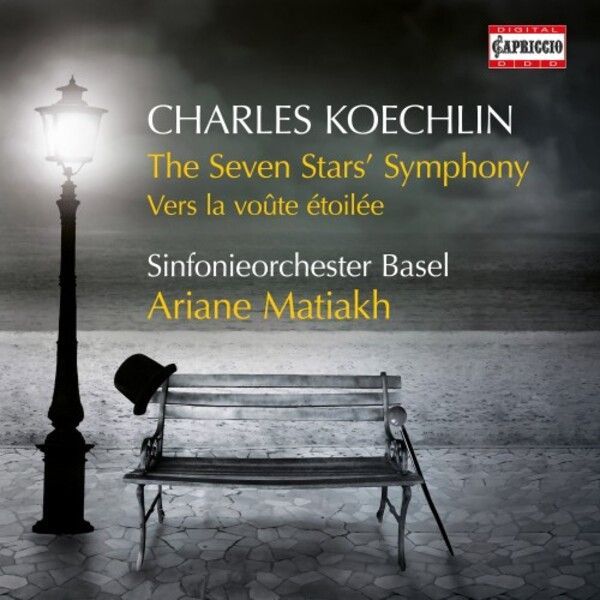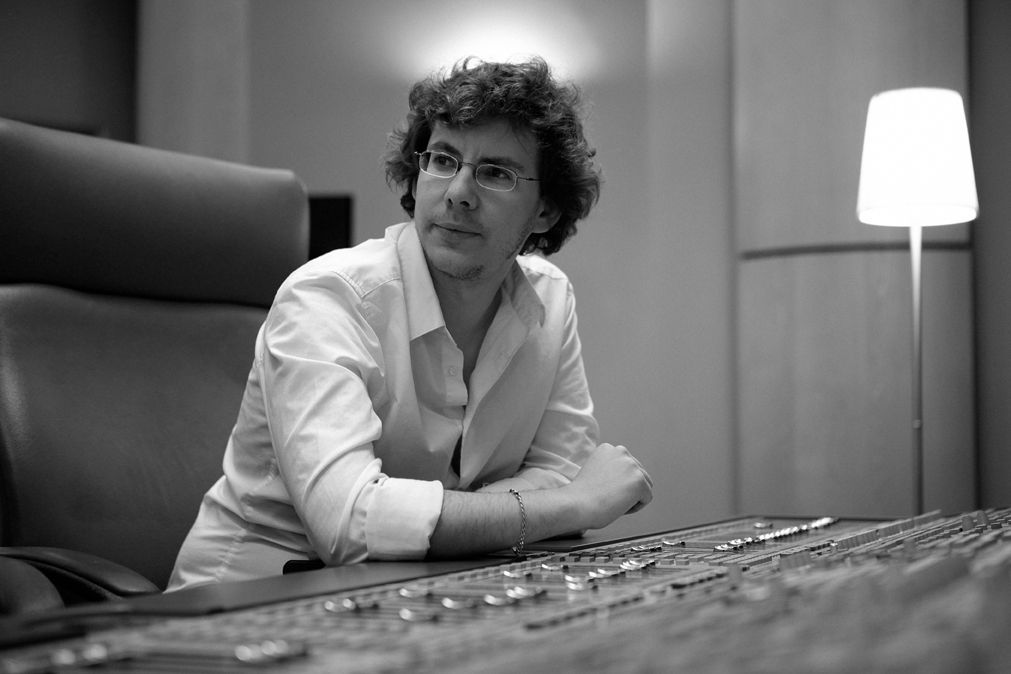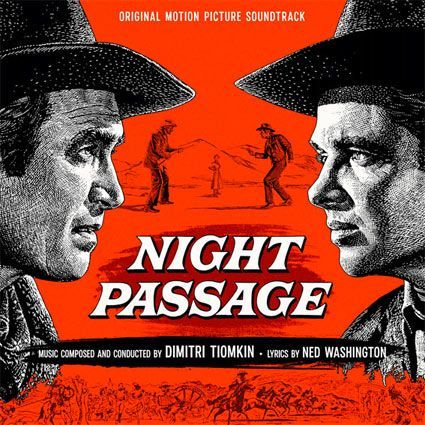The Seven Stars’ Symphony

Label: Capriccio
Catalogue No: C5449
Release Date: 03-June-2022
Total Duration: 56:00
UPN: 0-845221-054490
Basel Symphony Orchestra conducted by Ariane Matiakh
Koechlin’s reputation for eccentricity has long been enhanced by the existence of his 1933 The Seven Stars’ Symphony, a ripe example of French symphonism of a very particular kind – a suite-like nexus of two artistic mediums, musical and cinematic. In seven panels, each dedicated to a different film star of the time, Koechlin presents their essence, or their essence to him, the whole work ending in a long series of variations devoted to Charlie Chaplin. In order, the other six are Douglas Fairbanks, Lilian Harvey, Greta Garbo, Clara Bow, Marlene Dietrich and Emil Jannings.
Fairbanks was a leading man of silent cinema and Koechlin was particularly inspired by The Thief of Baghdad (1924) to which he responds in the most unlikely fashion, adjuring any swash and buckle and local scenery for piquant astral conjunctions of instrumentation, ripely orchestrated, colour-conscious – sensuous, serious and deeply evocative. He was clearly infatuated by the British-born artist Lilian Harvey, around whom a light musical comedy industry grew up in Germany. A prolific recording artist and subject of many a postcard, she drew from Koechlin a two-minute love poem of curvaceous allure. The far more austere Greta Garbo required a musical analogue with which to depict her hauteur and Koechlin found his means in the ondes martenot (pre Messaien, it should be remembered). The music’s otherworldly, Holstian element runs deep.
As can be seen – especially in the first Fairbanks panel – Koechlin’s music doesn’t necessarily conform to the public perception of the actor or the film; he remains stubbornly himself, confounding easy expectations. However, for Clara Bow, the ‘It Girl’ to beat all ‘It Girls’ he embraces the ‘joyeuse’ Californian with lively flair supported by nimble percussion and real affection. Dietrich inspires some luxuriantly arched melodic lines, once again orchestrated with both precision and an acute ear for conjunctions, though things turn rather darker when he depicts Emil Jannings who inspires an uneasy processional underpinned by percussion, before the music subsides. The final Chaplin variations occupy by far the longest panel, a full 15 minutes, and its sectional variations offer powerful opportunity for contrast, encoding reflection as well as a pawky dance and ending powerfully.
Coupled with the Symphony is Vers la voûte étoilée, an expressionist nocturne for orchestra which is languid but pointed, saturated with eloquent melody. There is a notably beautiful horn solo after which the music accelerates in excitement before finally submerging and subsiding into nocturnal and contemplative stasis. It’s a beautiful example of Koechlin’s gifts, written concurrently with the Symphony.
Ariane Matiakh directs the Basel Symphony Orchestra with imagination and control, drawing from them some excellent playing, and Capriccio’s recording is perfectly judged. With fine notes this is a splendidly realised disc.
Jonathan Woolf writes for MusicWeb-International.com and has written for Fanfare and Classic Record Collection (CRC)
Originally published at MusicWeb International - Text reproduced by kind permission



